“`html
Introduction to Sedum: Versatile and Hardy Succulents
Welcome to the resilient world of sedum, a group of succulents that are not just a feast for the eyes but also a testament to Mother Nature’s ingenuity. Sedums, also known as stonecrops, grace gardens across the globe, and their ability to thrive in diverse conditions makes them a go-to choice for both novice gardeners and landscapers. From their plump, water-storing leaves to the starry flower clusters that crown them, sedums offer an endless variety that can enliven any garden space.
Imagine the rugged beauty of a sedum variety like ‘Autumn Joy’, standing tall against the backdrop of a golden sunset, or the ground-hugging ‘Dragon’s Blood’ sedum that creeps along the ground like an emerald carpet sprinkled with ruby blooms. It’s this hardiness and the kaleidoscopic range of these plants that make them a popular choice for sustainable and water-wise gardening.
For a visual guide on nurturing these gems, check out this video on sedum care, it illuminates the ease with which you can rescue and refresh an overgrown sedum, ensuring its vibrancy.
There’s a veritable treasure trove of sedum types beyond the vibrant ‘Dragon’s Blood’ and the stately ‘Autumn Joy’. To explore more, take a peek at the extensive repertoire of sedum varieties, each with its unique charm and resilience.
If you’re curious about the different habitats where sedums thrive and want to dive deeper into their fascinating world, explore our comprehensive guide. It’s a reservoir of tips and tricks to grow these hardy succulents that stand testament to the less-is-more philosophy in gardening.
“`
Sunlight: The Fuel for Flourishing Sedum
Imagine the soft morning rays gently waking up the lush, fleshy leaves of sedum; it’s nature’s gentle nudge saying, “It’s time to shine!” Unquestionably, sunlight is the elixir of life for these hardy succulents. The appropriate sunlight—be it the dappled light for forest-dwelling varieties or the full, bold sun for those hailing from arid landscapes—can make the difference between a sedum that merely survives and one that vibrates with vitality.
For sedum, a typical sunbathing day involves anywhere from four to six hours of direct light. It’s their version of sipping a latte on a Parisian sidewalk – essential and utterly satisfying. But it’s not just about quantity; it’s also about the quality of light. Morning sun carries a tender touch, perfect for our photosynthetic friends. The intense midday rays? Sedum can handle it, but imagine wearing a parka in the desert—uncomfortable, but doable. That’s the sedum spirit!
And what happens when these sun worshipers get too little of their beloved rays? They stretch out, reaching for the sun like a kid on tiptoes trying to snatch a cookie from the top shelf—cute, but not quite what we’re going for in a manicured garden. On the flip side, when the sedum soiree gets a bit too sunny, our resilient green buddies might protest with scorched leaves, signaling that it’s time for some shade and a cool drink (of water, that is).
Want to dive deeper into the dos and don’ts of sedum care? Take a stroll through our guide on where to plant sedum for lush gardens, where you’ll unearth valuable insights to keep your sedum smiling.
To truly grasp the sun’s pivotal role in sedum success, picture this: a sea of sedum basking gracefully under golden beams, their hues more vivid, leaves plumper, and spirits sky-high in their sun-kissed haven—this is the tableau of a perfectly sunlit sedum utopia.
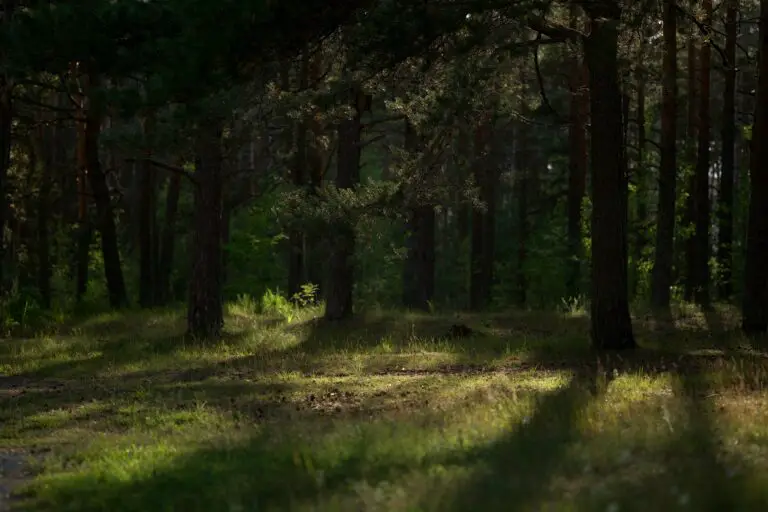
Sunlight: The Fuel for Flourishing Sedum
Imagine the soft morning rays gently waking up the lush, fleshy leaves of sedum; it’s nature’s gentle nudge saying, “It’s time to shine!” Unquestionably, sunlight is the elixir of life for these hardy succulents. The appropriate sunlight—be it the dappled light for forest-dwelling varieties or the full, bold sun for those hailing from arid landscapes—can make the difference between a sedum that merely survives and one that vibrates with vitality.
For sedum, a typical sunbathing day involves anywhere from four to six hours of direct light. It’s their version of sipping a latte on a Parisian sidewalk – essential and utterly satisfying. But it’s not just about quantity; it’s also about the quality of light. Morning sun carries a tender touch, perfect for our photosynthetic friends. The intense midday rays? Sedum can handle it, but imagine wearing a parka in the desert—uncomfortable, but doable. That’s the sedum spirit!
And what happens when these sun worshipers get too little of their beloved rays? They stretch out, reaching for the sun like a kid on tiptoes trying to snatch a cookie from the top shelf—cute, but not quite what we’re going for in a manicured garden. On the flip side, when the sedum soiree gets a bit too sunny, our resilient green buddies might protest with scorched leaves, signaling that it’s time for some shade and a cool drink (of water, that is).
Want to dive deeper into the dos and don’ts of sedum care? Take a stroll through our guide on where to plant sedum for lush gardens, where you’ll unearth valuable insights to keep your sedum smiling.
To truly grasp the sun’s pivotal role in sedum success, picture this: a sea of sedum basking gracefully under golden beams, their hues more vivid, leaves plumper, and spirits sky-high in their sun-kissed haven—this is the tableau of a perfectly sunlit sedum utopia.



Soil Conditions: Laying the Foundation for Sedum Success
Let’s dig into the nitty-gritty of what makes the ideal home for sedum plants to flourish. Imagine you’re creating a bespoke bed for a garden celebrity; that’s the level of comfort and precision sedum requires underfoot. First things first: the pH balance—it’s like the horoscope for soil, telling us exactly what we’re dealing with. Sedum prefers a neutral to slightly alkaline setting, somewhere in the 6.0 to 7.5 range. It’s like their own Goldilocks zone—not too acidic, not too alkaline, but just right.
Next up is drainage. These plants are not fans of wet feet, so waterlogged soil is a no-go. They’re looking for a well-draining environment where liquid love can flow freely through without causing a squishy traffic jam around their roots. If your soil retains water like a sponge, it’s time for an intervention. Improving your garden’s drainage can be tackled with some grit or sand, ushering in a new era of aeration and flow for your sedum.
Texture-wise, sedum is looking for that perfect crumbly, gritty, yet rich plot of land to call home. Steer clear of heavy clays or overly sandy soils that act like a straitjacket or a sieve, respectively. Think organic matter workout—incorporate compost or leaf mold to beef up the structure, and you’re on your way to sedum success. And if you’re wondering how on Earth (pun intended) you can turn your garden’s current state of the union into a sedum paradise, I’ve got just the resource for you. This guide will walk you through the steps of tenderly crafting the perfect soil recipe, one that will have your sedum singing.
But hey, if you’re starting with a soil situation that’s more ‘fixer-upper’ than ‘move-in ready,’ don’t sweat it. You’ve got options. Raise the roof with raised beds or introduce a swanky mix of topsoil, compost, and sharp sand to elevate the existing plot. Remember, sedum isn’t looking for a penthouse suite, but they do appreciate a penthouse vibe when it comes to their earthy abode.
In a nutshell, optimizing soil conditions for sedum isn’t rocket science; it’s more like a mindful matchmaking event. By ensuring your soil is well-aerated, has proper drainage, and struts a neutral pH, you’re setting the stage for an award-winning sedum performance. Throw in some soil amendments to get that dreamy texture, and you’ll be the talk of the garden guild. So go ahead, roll up those sleeves and prepare to witness sedum thrive at a celebrity level in their specially curated earthy ensemble.
Water Requirements: The Balancing Act for Sedum
If you’re hoping to see your sedums strut their stuff, you’ve got to get the water routine just right. Think of watering these succulent beauties like making the perfect cocktail—too much water and you’ll drown the flavors, too little and you’re left high and dry. Sedum plants are like the camels of the plant world; they store water in their thick, fleshy leaves to tide them over through droughts. But even camels need to drink!
So, how often should you pull out the watering can? A good soak once a week during hot spells is a great rule of thumb, but treat this more as a guideline than a law. If Mother Nature is doing her part and the rain is steady, then let her take the reins. Now, don’t get too laissez-faire! Use your green thumb to check the top inch of soil for dryness before you douse your sedums. If it’s dry, it’s time to hydrate.
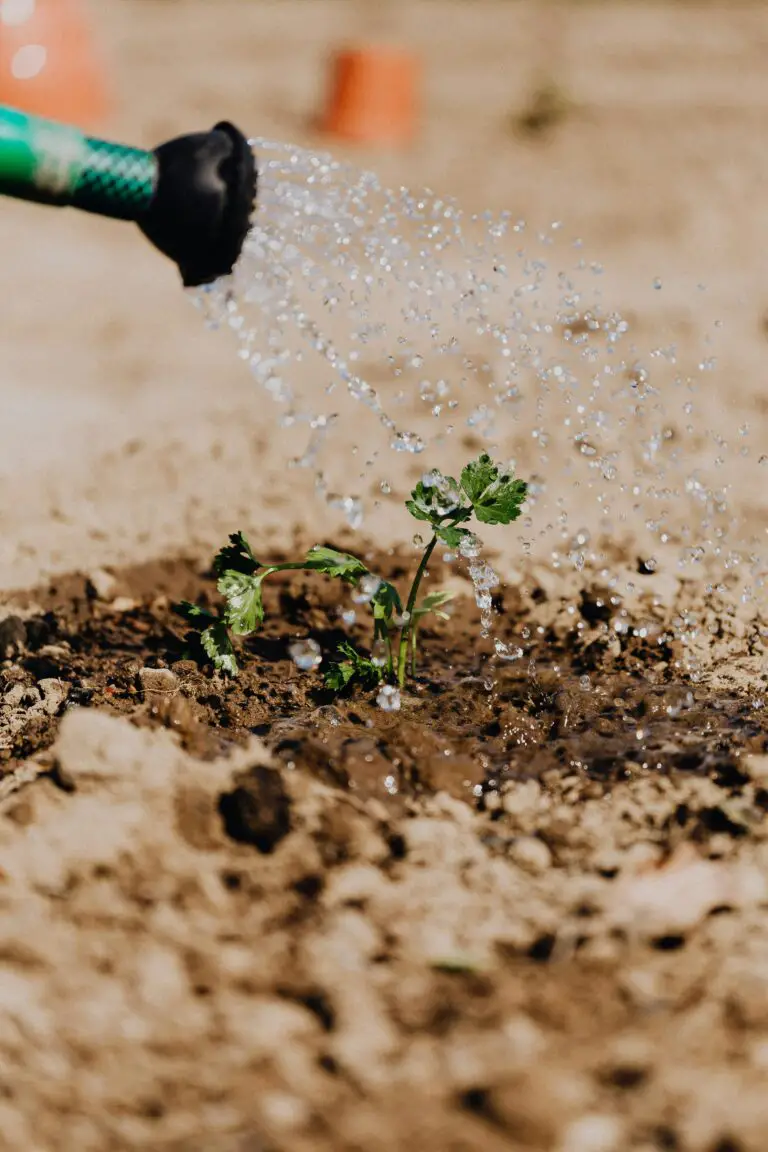

Spotting the signs of overwatering can be as subtle as noticing a change in your sedum’s leaf texture. If they’re getting mushy, that’s a cry for help! On the flip side, sedums will send out an SOS when parched too. Look out for drooping or color-faded leaves—they should be perky and vibrant, not tired and washed out. Getting to know your sedum’s love language (a.k.a hydration style) is a surefire way to keep them in the happy zone. Need more guidelines on cultivating your succulent garden? We’ve got tips to spare!
Remember, every sedum is a unique snowflake when it comes to quenching its thirst. Certain sedums might prefer a more arid love affair, while others fancy a bit more moisture. And if you’re blessed with a natural downpour, ease up on manual watering to prevent a flood in your garden paradise. Let’s keep those roots snug as a bug in a rug, not swimming for survival!
Temperature and Climate Considerations for Sedum
When it comes to a resilient plant that laughs in the face of fluctuating temperatures, sedum is your green-thumbed ace. Picture this: It’s a crisp fall morning, and your garden is softly kissed by the first frost of the season. While other plants might shrug their leaves and give up, sedum stands strong, vibrant and ever so defiant. That’s because sedum thrives in a wide range of temperatures, making them the poster child for garden toughness.
So, what’s the secret to their success? Sedum is incredibly adaptable and can prosper in conditions ranging from the cool embrace of USDA Hardiness Zone 3, braving winters that would make a polar bear shiver, all the way to the sun-scorched warmth of Zone 9, where you can fry an egg on the sidewalk. It’s this hardiness that allows them to be the chameleons of the plant world.
These succulent superstars are masters at dealing with whatever Mother Nature throws at them. In the ideal range of 60°F to 70°F (15°C to 21°C), sedum plants are in their element—basking in the mild climate with the blissful ease of a cat in a sunbeam. But don’t be deceived by their preference for moderation; they handle a swing into the 90s or a dip below freezing without batting a leaf.
It’s also worth noting the role of microclimates—those little pockets of your garden where the climate does its own thing. Maybe it’s a cozy nook that’s shielded from the wind or a sun-trap spot by the wall where the heat lingers like the last guest at a party. Sedum can use these to their advantage, giving you a bit of leeway to push the boundaries of where they can thrive.


To sum up, sedum is not just a plant; it’s a testament to resilience—a trusting buddy for those with even the most unpredictable local weather patterns. So go ahead, plant them in that spot where nothing else survives. Watch as they spread their succulent leaves, indifferent to the chill of autumn or the heat of summer, a living example of nature’s remarkable adaptability.
Seasonal Care: Year-Round Tips for Sedum Upkeep
Just like your favorite cozy sweater is perfect for fall and your swimsuit for summer, sedum plants have their seasonal preferences too! Let’s turn that garden into a paradise for your sedums, no matter what time of the year. Here’s how to keep these succulent beauties beaming with joy throughout the seasons.
Spring into Action: Waking Up Your Sedum
When spring unfurls its greenery, it’s time for your sedum to stretch out its leaves. Start by clearing away any old foliage from last year—think of it as helping your sedum shed its winter coat. With longer days on the horizon, your sedum will be eager to soak up the sun, so make sure they’re getting plenty of light. But be wary of late frosts! If a chilly night is forecasted, consider giving your plants a little blanket with a frost cloth.
Summertime Sedum: Thriving in the Heat
Ah, summer, when the living is easy and your sedum is in its element. These sun-worshippers love the heat and will thrive with minimal intervention. One thing to watch out for is overwatering—sedum’s dislike for soggy feet is akin to your displeasure at soggy sandwiches during a picnic. Ensure the soil is well-draining, and let it dry out a bit between waterings. A little mulch can help retain just the right amount of moisture while keeping the roots cool, like a natural A/C for your plants.
Autumn Adjustments: Prepping for the Chill
As the air turns crisp and leaves start a color parade, it’s a sign to prepare your sedum for the cooler days ahead. Gradually reduce watering to encourage your plants to harden off. It’s also the ideal time to split and plant perennials—your sedum will have enough time to establish before winter comes knocking. If you’re a fan of vibrant fall colors, you’ll love watching your sedum transform, showcasing hues that give even the autumn trees a run for their money.
Winter Watch: Sedum’s Snooze Season
Winter is when your sedum slow dances into dormancy. It’s a low-maintenance season for these resilient plants. If you live in an area with snow, your sedum can handle a snowy blanket—consider it a seasonal duvet providing insulation. In regions where winters are milder, just keep an eye on them to ensure they’re not getting too wet, especially during periods of heavy rain. No need for helicopter parenting here; your sedum will let you know if it’s feeling under the weather.
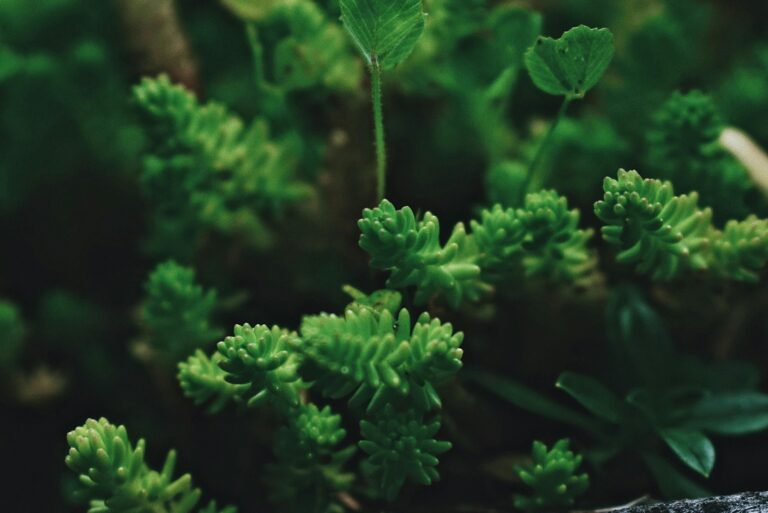

Remember, every sedum has its own personality, and as you spend time with your green companions, you’ll get to know their unique needs and quirks. Happy gardening, and watch as your sedum reward you with their resilient beauty, all year long!
Propagating and Expanding Your Sedum Collection
If you’re in awe of your sedum’s resilience and evergreen beauty and are itching to have more of these succulent marvels, then get ready for an exciting gardening adventure. Propagating sedum is as easy as pie, and the results are as satisfying as that first crunch of a fresh leaf underfoot in spring. Let’s talk about turning one plant into many – the sedum way!
Sedum, the hardy, sun-loving stalwarts of rock gardens, are not just easy on the eyes but a breeze to multiply. Begin with a healthy parent plant; choose stems that are robust and ripe for the cut. Now, take a clean, sharp pair of scissors or a knife and snip off a stem. Aim for a length of anywhere between 2 to 5 inches, making sure there are a few leaves present. This stem is your ticket to new sedum sprouts!
Next, strip the bottom leaves to expose a bare stem which will be your rooting point. Some avid gardeners swear by letting these cuttings ‘callus’ over for a couple of days, claiming it helps with rooting. On the flip side, many plunge the stems directly into the soil without a second thought and see them thrive. Real-life experience suggests both methods work, so take your pick!
Rooting Your Sedum Cuttings
For rooting, you’ll need a container filled with a well-draining soil mix. Sedum despises wet feet, so a potting mix designed for cacti and succulents is ideal. Gently poke your stem cutting into the soil and give it a good water. Placement is crucial – a spot that gets dappled sunlight is perfect. Too much direct sun can stress the young cuttings, but too little can weaken them.
Patience is key as roots establish themselves. In a few weeks, with the right balance of sun and occasional watering, those tentative sedum cuttings will start to show signs of life. Tiny roots will inch their way into the soil, securing the future of your new sedum friends. Watch as the miracle of growth unfolds – from a humble cutting to a cluster of succulent sedum stems.
Once your cuttings have rooted and sprouted their fresh, fleshy leaves, the ringing endorsement of your green thumb, they’re ready for the outdoors. Acclimating them to the full sun they so adore should be done gradually over a week or two. Eventually, they’ll be sunbathing all day long with the rest of your sedum collection, tough and taut, teaching us a thing or two about resilience and sustainability.
Remember, the sedum doesn’t ask for much – a bit of earth, some sun, and your loving care. Watch it excel in the toughest of soils and the sunniest of spots, just as you would expect from such a versatile succulent. So go ahead, cut away, and let your garden flourish with the many faces and forms of sedum!
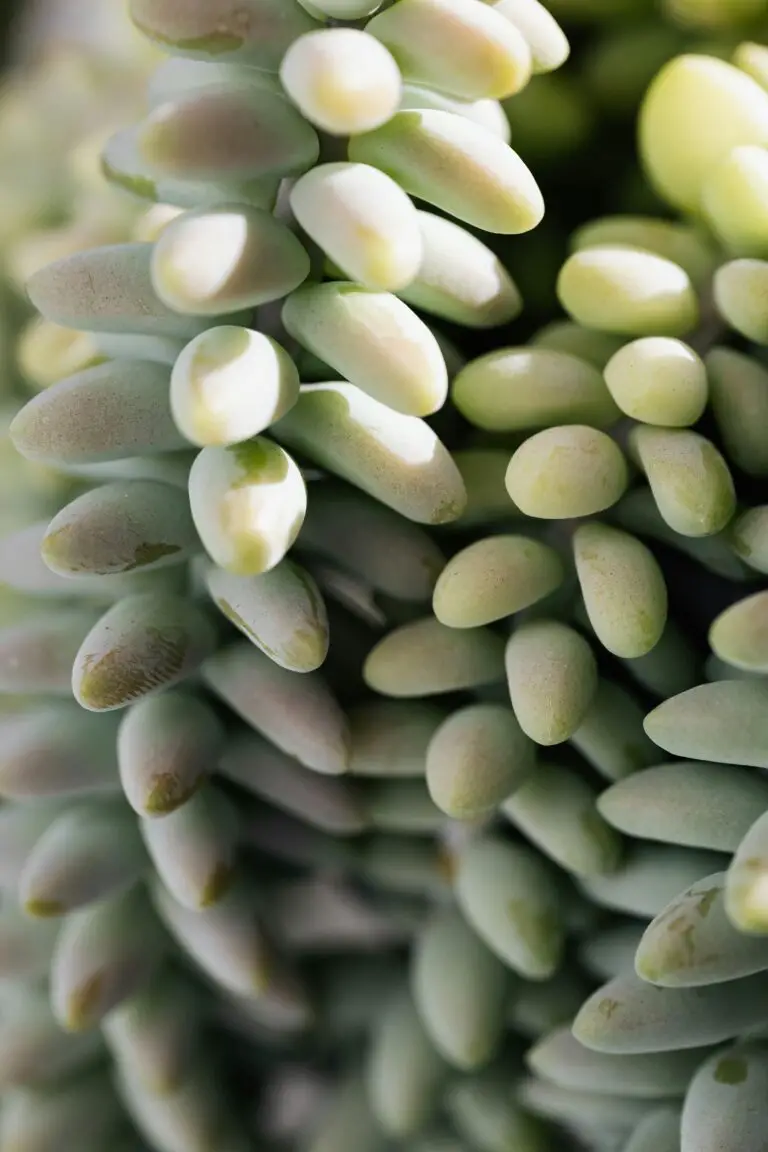

Pest and Disease Management for Robust Sedum
Just like a superhero has its kryptonite, the mighty sedum has its own set of adversaries in the form of pests and diseases. You may wonder, “What conditions do sedum like?” for not only growth but also for keeping these villains at bay. Let’s talk strategies for defending your sedum’s vibrant foliage and starry blooms against the wily ways of nature’s little troublemakers.
Picture this: It’s a lazy Sunday afternoon, and your sedum is basking in the sun, its succulent leaves a tapestry of color in your garden. But beneath the calm exterior, a silent battle rages. Plants submerged in the sedum’s shadow are teeming with aphids, tiny insects that suck the life out of your plants like miniature vampires. The key? Vigilance! A strong spray of water can dislodge these pests, and introducing beneficial insects like ladybugs can turn the tide in favor of your sedum.
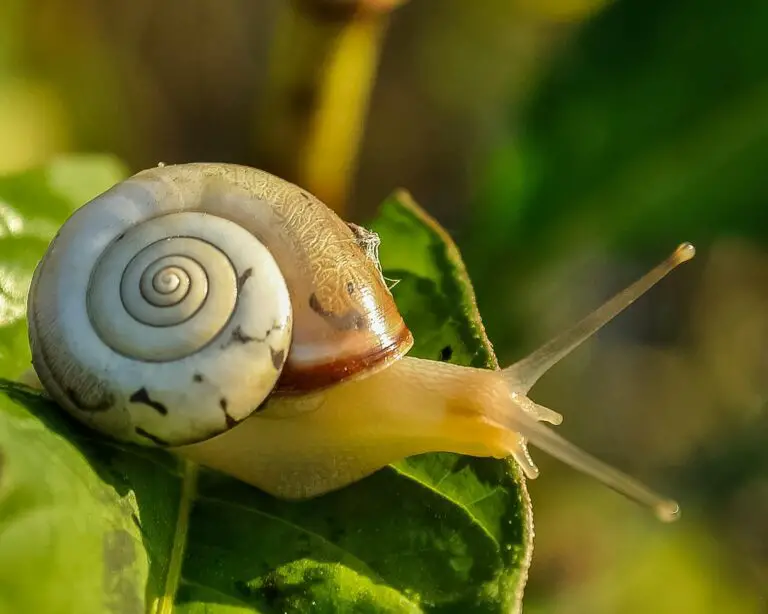

Now let’s say you meet a snail, leisurely making its way across a leaf. Cute, right? Wrong. This slow-moving mollusk is a sedum’s slow-motion nightmare, feasting on your plants under cover of darkness. Hand-picking these critters on your nightly garden patrol can save the day, and setting up barrier defenses such as crushed eggshells or diatomaceous earth will safeguard your sedum sanctuary.
But it’s not just the creepy crawlies you need to watch out for. Fungal fiends, like powdery mildew, cast a ghostly pall over your sedum’s usually vibrant green. It thrives in the very conditions sedum shuns – dampness and poor air circulation. Here’s where preventive care shines. Ensure your sedum enjoys the environment it loves: bright sun, good drainage, and space to breathe. For severe cases, organic fungicides can come to the rescue.
Remember, the key to successful pest and disease management is a proactive approach. Keep a watchful eye on your sedum, embrace the allies nature provides, and create an environment that lets your sedum thrive, rather than one where its foes flourish. Your reward will be a garden where “what conditions do sedum like?” clearly translates into robust, spectacular plants that stand firm against the trials of nature.
Designing with Sedum: Aesthetic Considerations for Landscaping
Imagine stepping into a garden where the vibrant hues of sedum are artfully woven into the landscape, creating a mosaic that engages the senses. Sedum, a versatile and hardy succulent, provides an exceptional variety of color, texture, and form, making it a perfect candidate for garden landscapes that aim for both beauty and resilience.
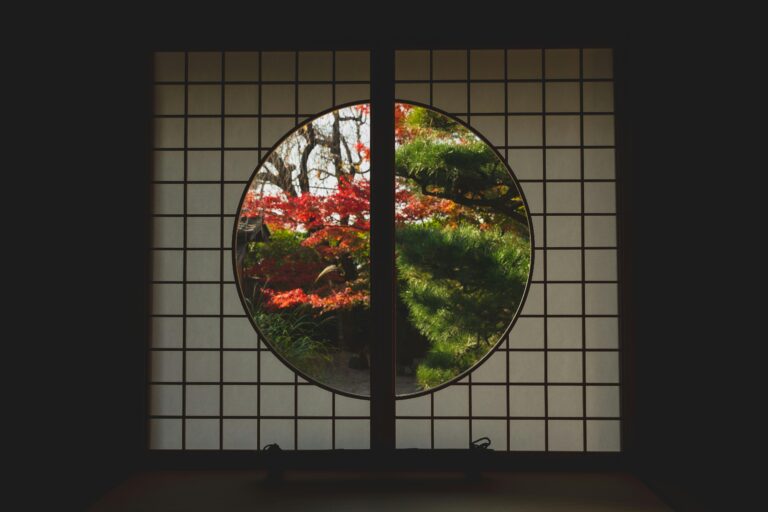

Let’s paint a picture with sedum’s palette: consider the soft pinks and rich reds of ‘Autumn Joy’ as they come to life against the blue-gray foliage of ‘Blue Spruce’. In a setting where the garden is an extension of the living space, playing with these color contrasts can create visual depth and set the mood from tranquil to invigorating. Moreover, the symmetry of sedum’s leaf patterns offers a pleasing order, satisfying our innate love for balance.
Texture is yet another layer in our garden design. With sedums ranging from the delicate, needle-like leaves of ‘Cape Blanco’ to the plump and glossy ‘Burro’s Tail’, each species invites visitors to reach out and touch. Implementing these varied textures allows gardeners to sculpt spaces with tactile appeal, encouraging exploration and interaction with nature’s artworks.
As for form, sedum’s sheer versatility shines bright. Low-growing varieties like ‘Dragon’s Blood’ can serve as verdant ground cover, while taller varieties, such as ‘Matrona’, ascend upward, gracing borders and creating vertical accents akin to natural sculptures. Contrast these with architectural elements of the garden—say, a winding stone path or a minimalist water feature—and the result is a dreamscape of natural and man-made harmony.
Real-life applications of sedum in garden landscapes are diverse and exemplary. From rooftop gardens that benefit from sedum’s drought-tolerance to rock gardens where they mimic alpine tenacity, there’s a sedum solution for every design challenge. With the ever-increasing emphasis on sustainability, incorporating sedum into your garden is not only about aesthetic pleasure but also about creating an eco-friendly space that will continue to thrive under various conditions.
Remember, designing with sedum isn’t just about planting—it’s about creating a visual and sensory dialogue with the environment, a testimony to the delights of a well-thought-out landscape that echoes the conditions sedum love.
Frequently Asked Questions
Are you wondering how to keep your sedums smiling? Whether you’re a green thumb or a gardening newbie, sedums are a dream to care for, provided you mimic their native, rocky habitats. Let’s dive into some of the most common curiosities about keeping these resilient succulents thriving.
What’s the prime real estate for repotting sedum?
Repotting these low-maintenance champions is like upgrading them to a luxury condo. Imagine a well-draining terra cotta pot, filled with a gritty potting mix akin to their native terrain. A sunny spot on a balcony or patio mimics the highlands they hail from, giving them the room to spread their foliage and flaunt their floral displays.


Are there any good sidekicks for sedum in the plant world?
Sedums love company, but they don’t enjoy being overshadowed. Pair them up with other drought-tolerant buddies like lavender or Russian sage. These companions not only share sunbathing preferences but also bring a burst of aromatic bliss to your garden space, turning it into a fragrant utopia for pollinators.
How do I shield my sedum from winter woes?
When Jack Frost comes knocking, worry not; sedums wear a natural coat of armor against the cold. However, if you’re nestled in an area where winters resemble the Arctic tundra, consider a layer of mulch to insulate their roots. Just ensure you peel back this wintry blanket come spring to prevent waterlogged soil. And remember, a sedum blanketed in snow is like a mini igloo—surprisingly cozy for those succulent dwellers inside.
With these FAQs tackled, you’re on your way to cultivating a sedum sanctuary that’s not only easy to care for but also shines in sheer resilience and beauty. Chat with fellow gardeners, swap tales of triumphs with these hardy beauties, and create living artwork in your very own slice of the great outdoors.


